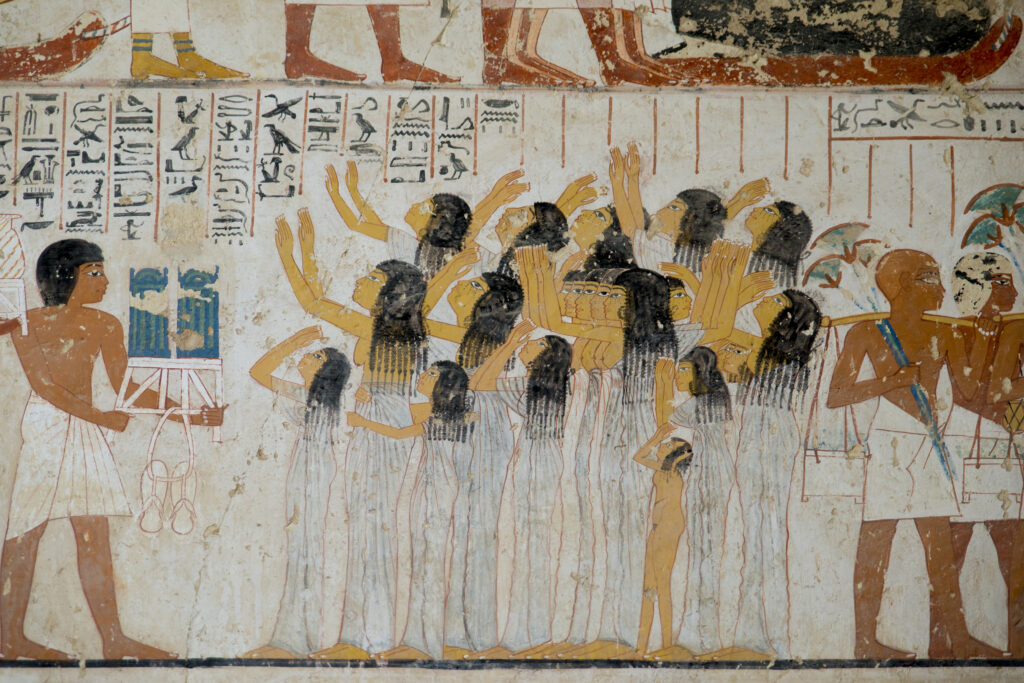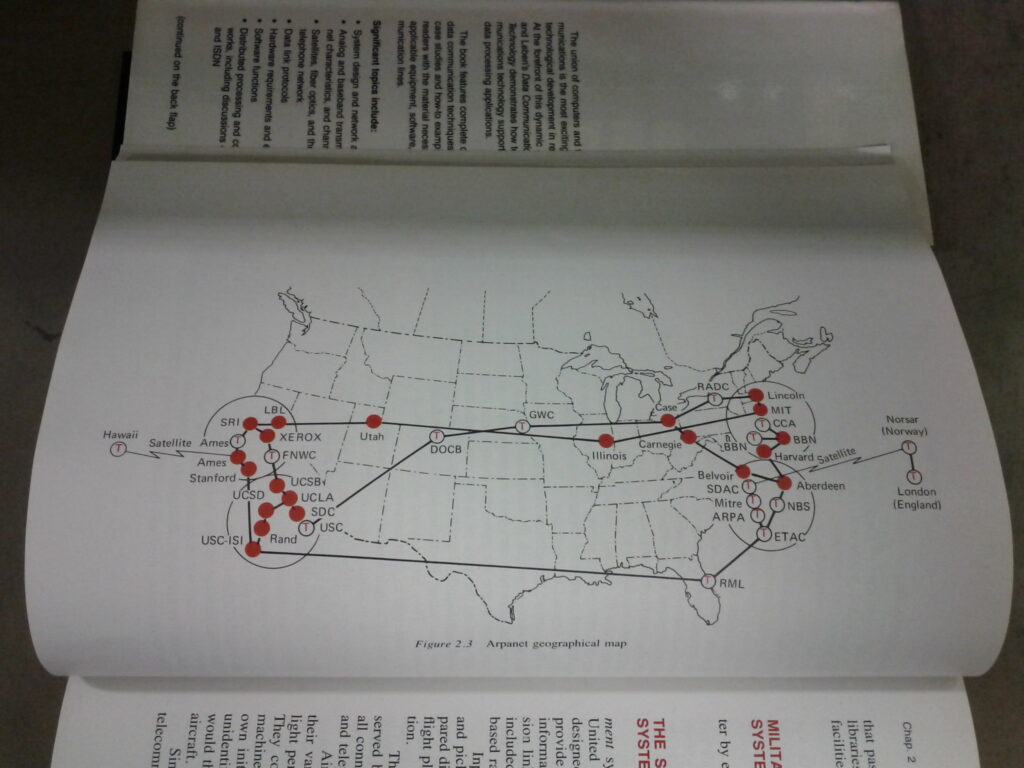Anyone who has ever used social media has likely wondered why it was developed.
It has completely changed the way we communicate and connect. Consequently, it’s hard to imagine a world without social media and how it has become integral to our lives.
Why was social media developed? When was social media developed? If these are burning questions you’d like answered, here is the place to be.
In this blog post, we’ll take a closer look at the history of social media platforms and how social media developed into what it is today.
Step up your Twitter game and gain followers to enhance your online presence.
Table of Contents
Why Was Social Media Developed?

Social media was created to provide people with a way to connect and share information quickly and easily. From the onset, social media platforms have allowed people to create personalized content in real-time. Also, they can comment on posts made by friends or colleagues.
Networks such as Facebook, Twitter, Pinterest, and Instagram have become indispensable tools for sharing photos, videos, and ideas with large groups worldwide.
Additionally, many social media platforms have implemented sophisticated algorithms which allow users to target and personalize ads much more effectively than traditional advertising methods such as television or radio.
By harnessing the power of technology, social media has revolutionized how we communicate with each other. It has provided us with unprecedented access to share information with anyone around the globe at any time.
It was developed out of a need for rapid communication between a broad range of individuals from any corner of the world; social media has become a cultural phenomenon that continues to evolve daily. As technology advancements continue to unfold, one thing is sure; Society can’t live without social media’s power for connecting and sharing information.
The History of Social Media

Social media development can be traced back to the early days of the internet when online forums and bulletin board systems were popular among tech-savvy users. These platforms allowed users to post messages and discuss with others, but they were limited in scope and reach.
In 1997, a new type of social media platform called SixDegrees.com was launched, allowing users to create profiles and connect with other users. It was an important development, as it marked the first time people could use social media to connect with friends and acquaintances offline.
The early 2000s saw the launch of several more social media platforms, including Friendster, LinkedIn, and MySpace. These platforms built on the success of SixDegrees.com, allowing users to connect with larger networks of friends and contacts.
In 2003, a new LinkedIn platform was launched, which focused on connecting professionals with one another. And in 2004, Facebook launched, quickly becoming the world’s most popular social media platform.
Since then, other platforms such as Twitter, Instagram, Snapchat, and Pinterest have become popular among social media users.
From its humble beginnings as a platform to share information between researchers, social media has become an essential tool for electronic communication, promoting businesses, and staying up-to-date with the news.
The First Social Networks

Long before the advent of modern media platforms, people were already forming social networks. Indeed, social media took off in 1969 when the ARPANET, a computer network designed by the US military, first connected computers at Stanford and UCLA. This is a probable answer to the question; where was social media developed?
By 1972, more than 25 linked computers were in the network, creating one of the earliest forms of social media. This early form of media allowed users to share ideas and discuss topics related to science, business, and academia worldwide.
Soon after, other communications technologies emerged, including telex machines which used Morse code to send messages from one computer to another. Though primitive compared to today’s media networks, these early systems helped create communities of like-minded people with shared interests.
As the technology evolved, so did media platforms. The 80s saw the emergence of bulletin board systems (BBS), where subscribers could host or access information from remote locations using a variety of communication protocols.
In 1985, Compuserve was created, giving everyday people easy access to the internet. Almost 10 years later, Classmates.com was launched in 1995 as a safe and secure place for people to find old friends from school and college, while SixDegrees became the first multi-user online system with users’ custom profiles.
A few more online meeting places like Tribe and Multiply followed suit until, eventually, Facebook, Twitter, and LinkedIn came along to define our digital lives as we know them today.
From revolutionary ideas to modern technology, these pioneers of social media had an awareness of something that many didn’t – the potential of creating electronic order out of chaos and firm friendships out of fleeting connections.
How Has Social Media Developed Over the Years

In the internet and social media age, it’s easy to forget how drastically the landscape has changed over the last few decades.
Social media development started as simple chat forums and email threads and has ballooned into an entire industry dedicated to staying connected with others no matter where they are in the world.
Whether streaming events, video-chatting with long-distance friends, or creating a profile on multiple accounts that allow you to share every detail of your life, social media has certainly come a long way since its humble beginnings.
In the early days of social media, users were limited to basic text-only interaction using websites like ICQ and AOL Instant Messaging. But soon after, new technologies emerged that enabled users to upload photos, post updates, and even live stream events directly from their devices.
From there, social networks like Facebook and Twitter flourished by connecting people through their shared interests.
As these platforms grew in popularity, creators began experimenting further by adding intuitive features such as videos, stories, GIFs, effects, and more. This allowed for greater user engagement and provided endless opportunities for individuals and businesses to reach larger audiences with their content.
While there is certainly still room for growth when it comes to developments in the realm of social media platforms, one thing remains certain: We have come a long way since those first clunky chatroom walls so many years ago!
Conclusion
Now you’ve got it! What started as a simple platform for sharing news and experiences has become an integral part of our lives.
So why was social media developed? Some say it was designed to keep us connected with friends and family, while others believe it was created as a tool for marketing and advertising.
Whatever the reason, social media has become an integral part of our lives. As we head into the future, it will be interesting to see how social media continues to change the world.
Get ready!
- How to Get Twitter (X) Followers Fast - March 7, 2024
- How to Increase Twitter (X) Engagement: Get More People to React to Your Content - March 7, 2024
- What Are the Limitations of Twitter? - October 5, 2023

